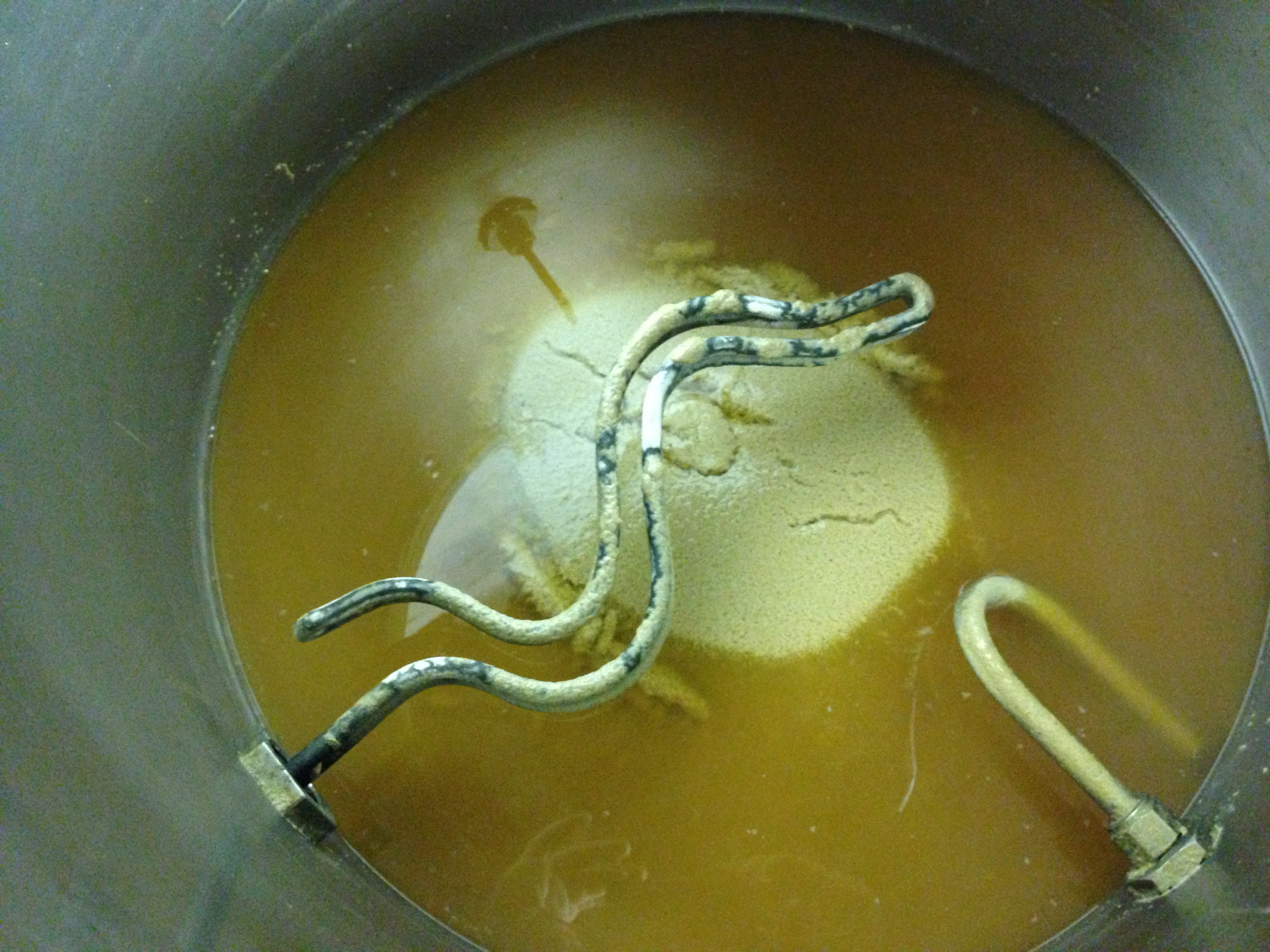Tiber are you using a march pump?
Yes. My rig has two March pumps, which I use for whirlpool for the BK, and CIP (of MLT) during last minutes of boil.
No problems, except sometimes you gotta persuade the pumps to get a good prime if you have some foam in the lines.
TB








































![Craft A Brew - Safale S-04 Dry Yeast - Fermentis - English Ale Dry Yeast - For English and American Ales and Hard Apple Ciders - Ingredients for Home Brewing - Beer Making Supplies - [1 Pack]](https://m.media-amazon.com/images/I/41fVGNh6JfL._SL500_.jpg)

















